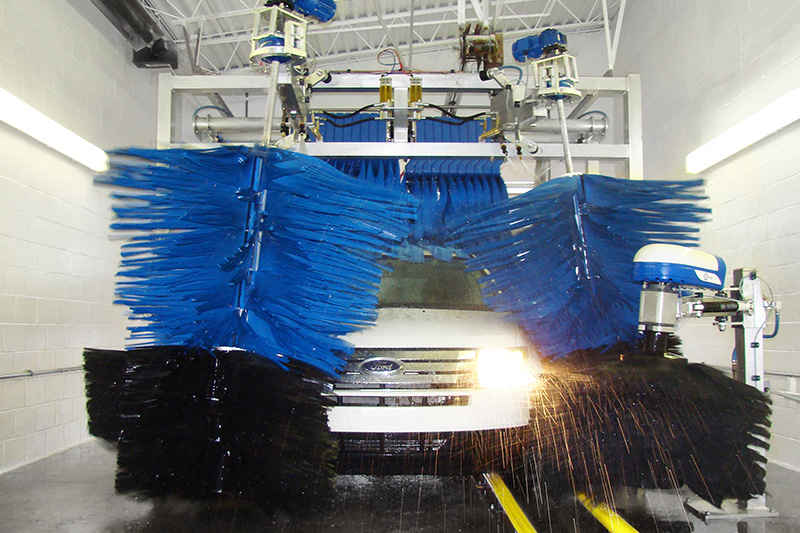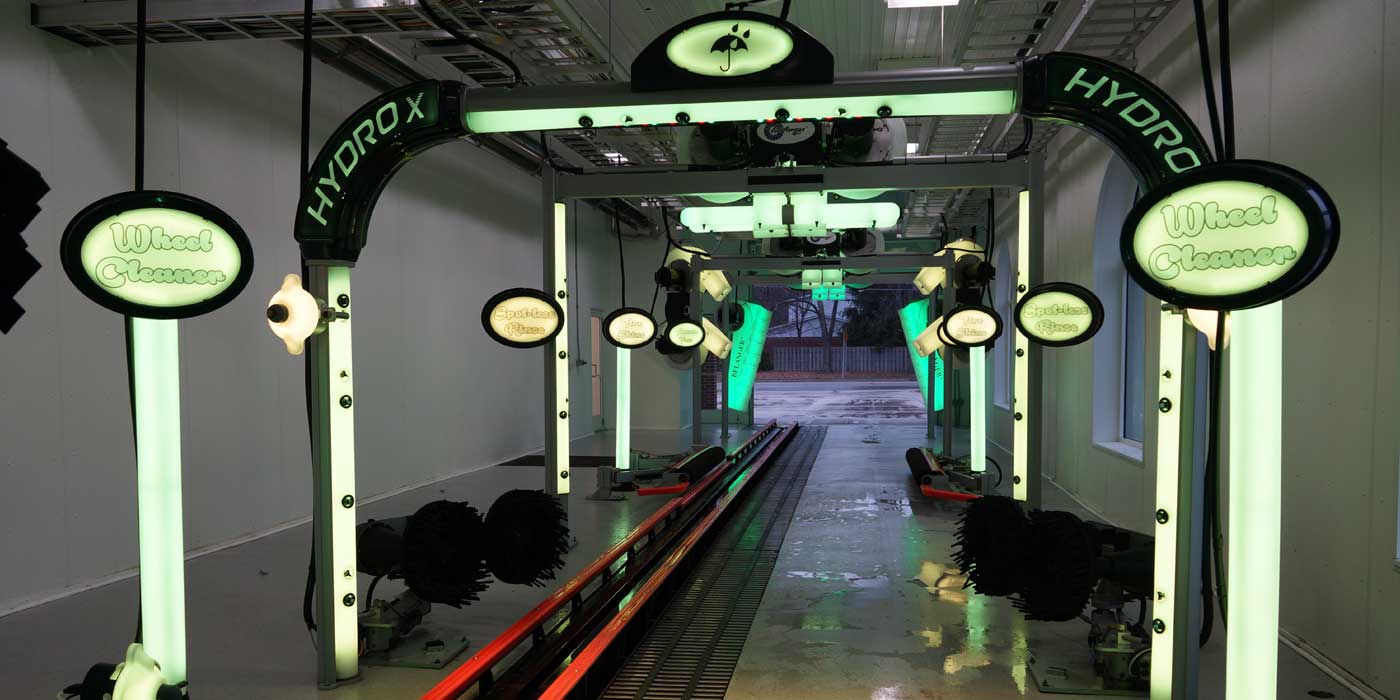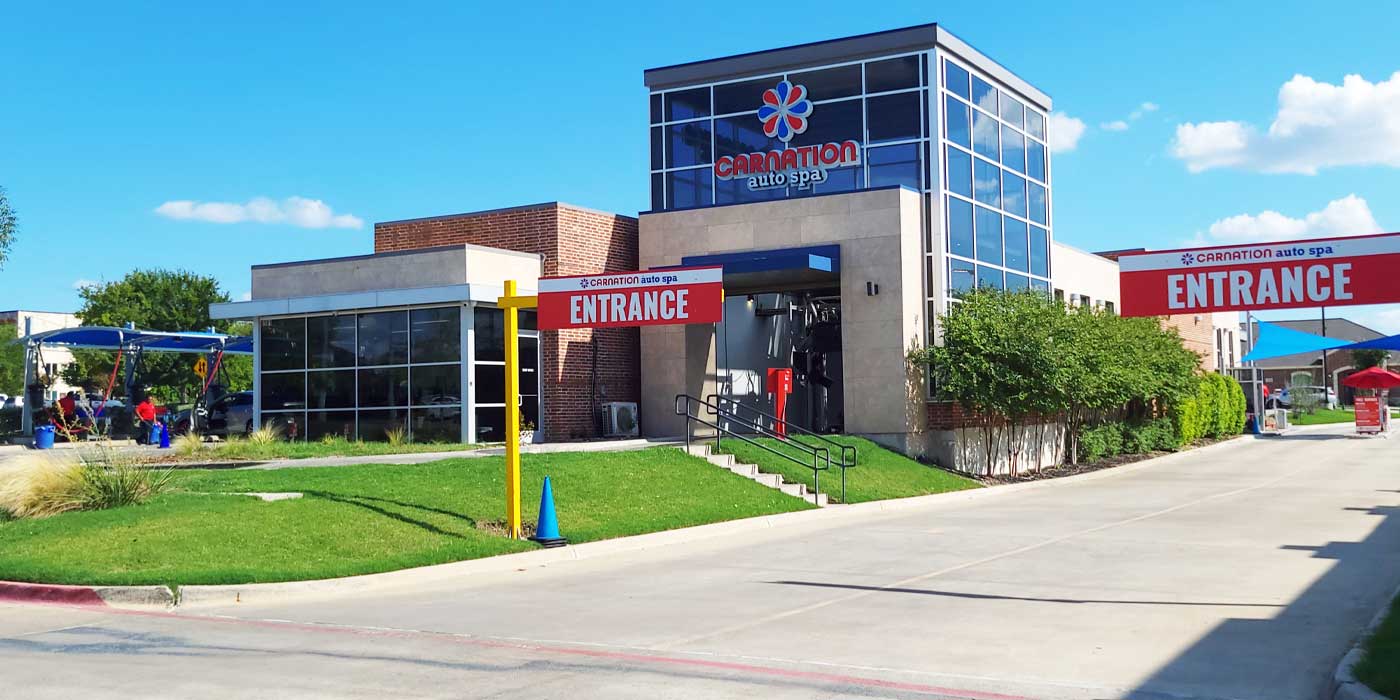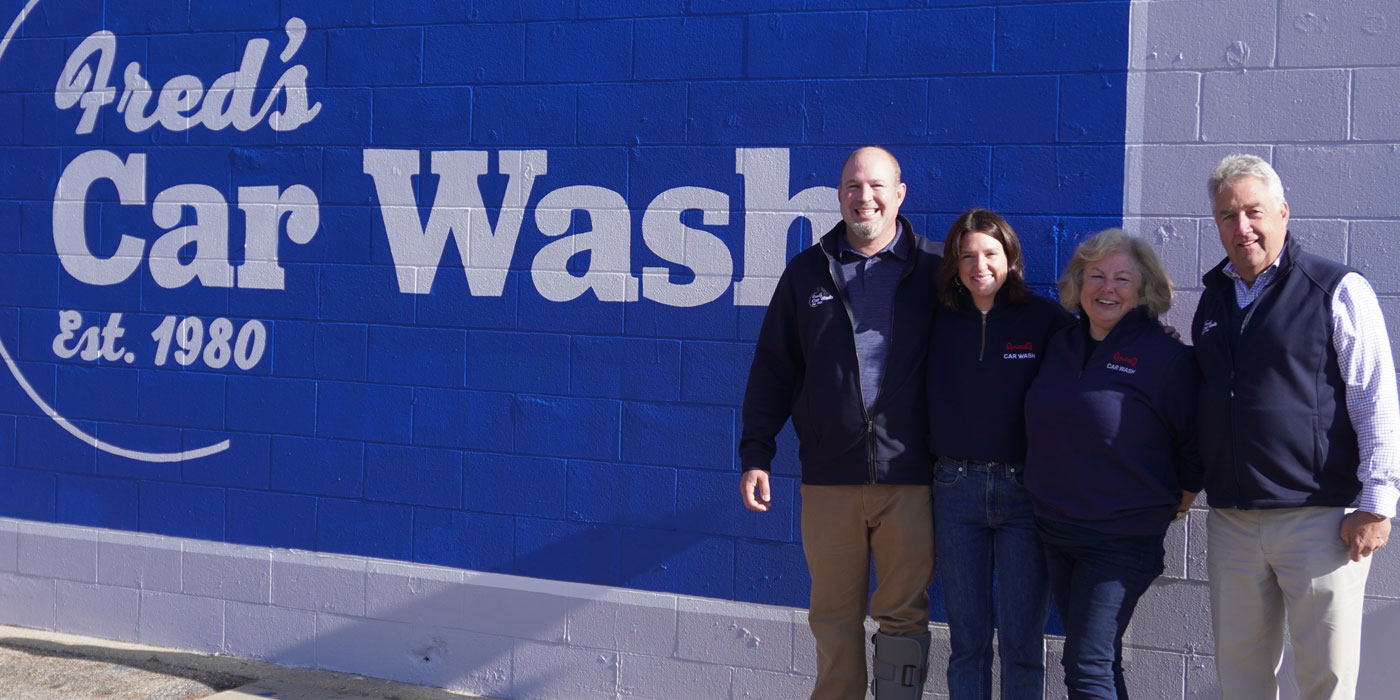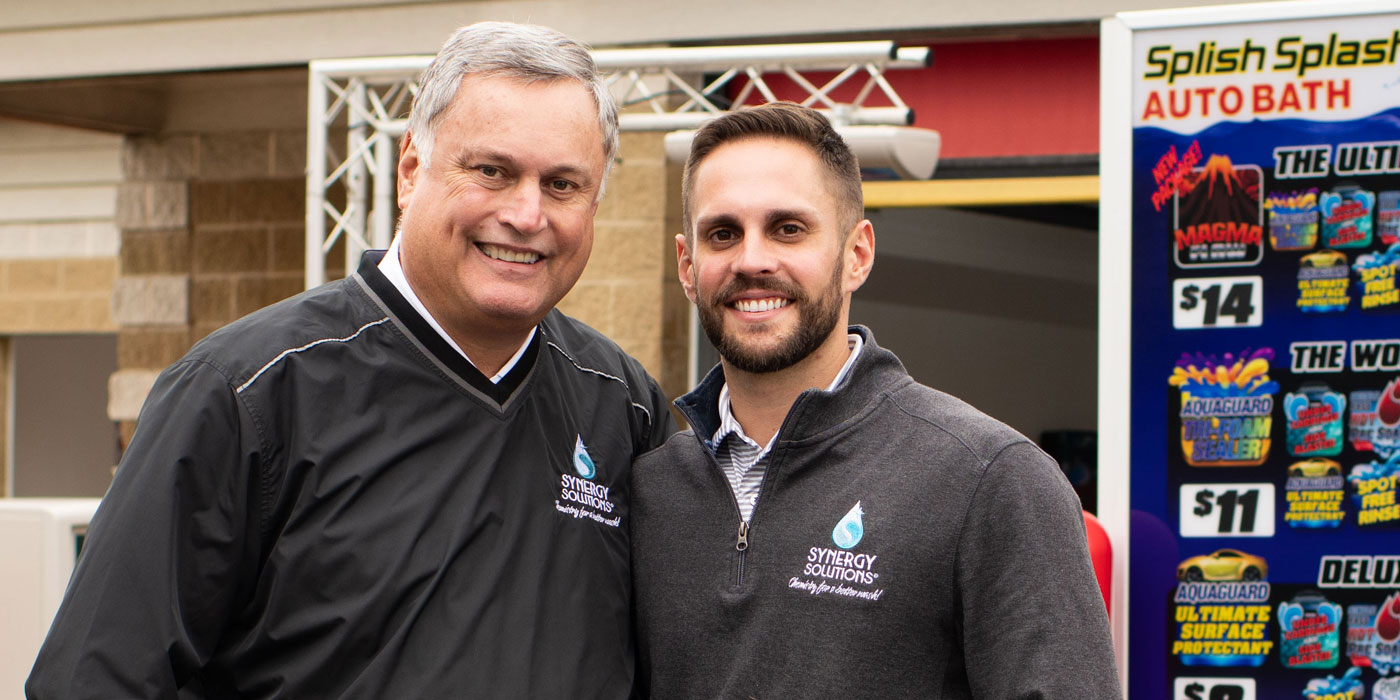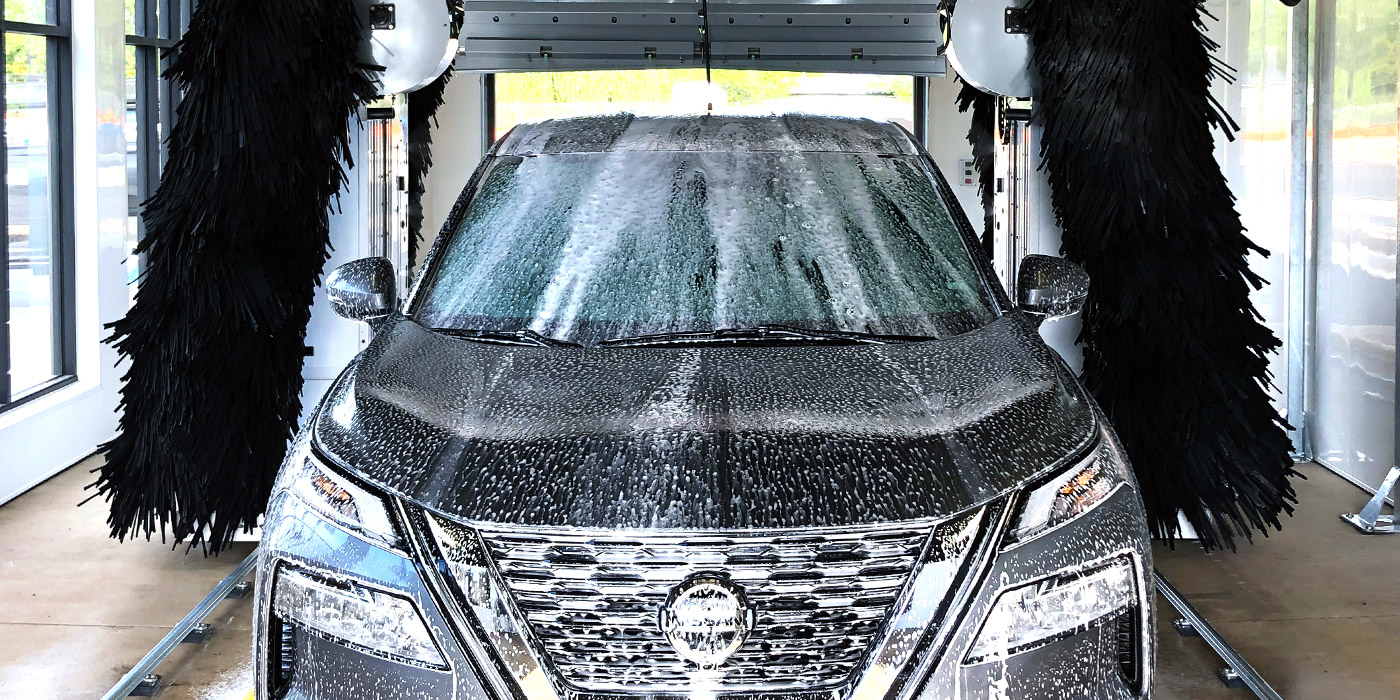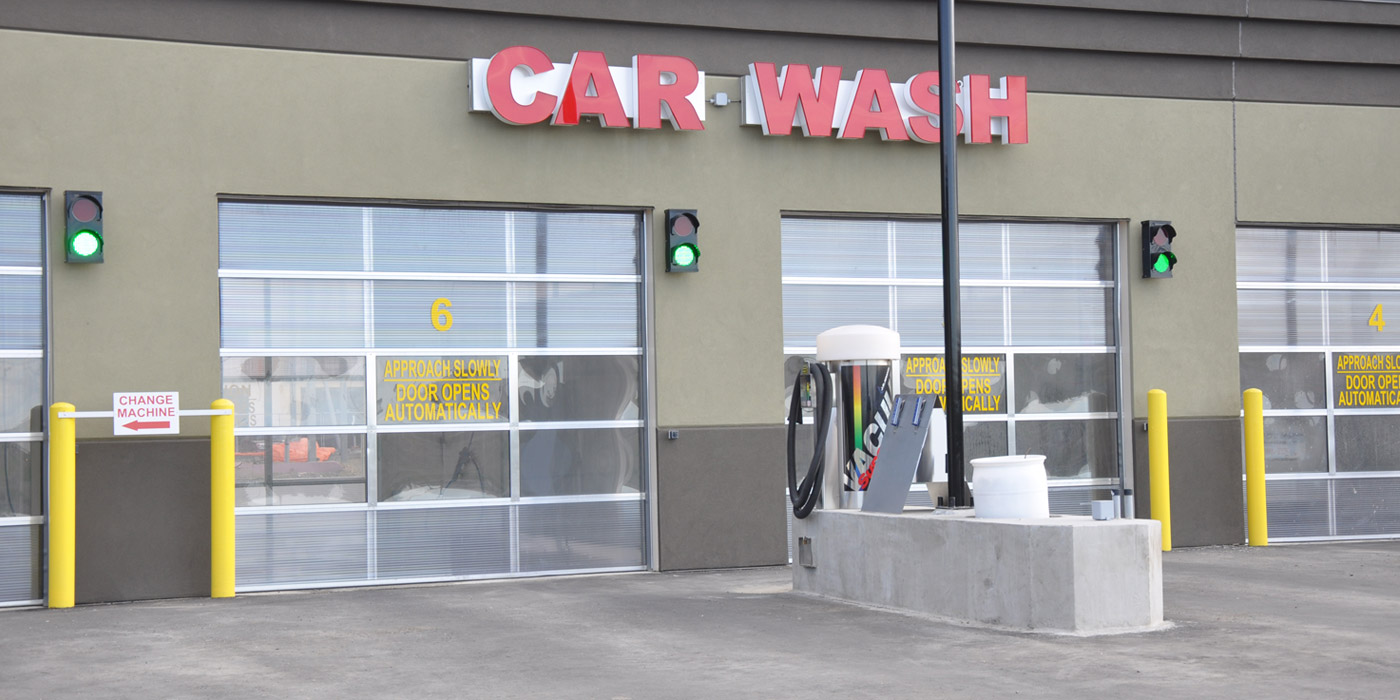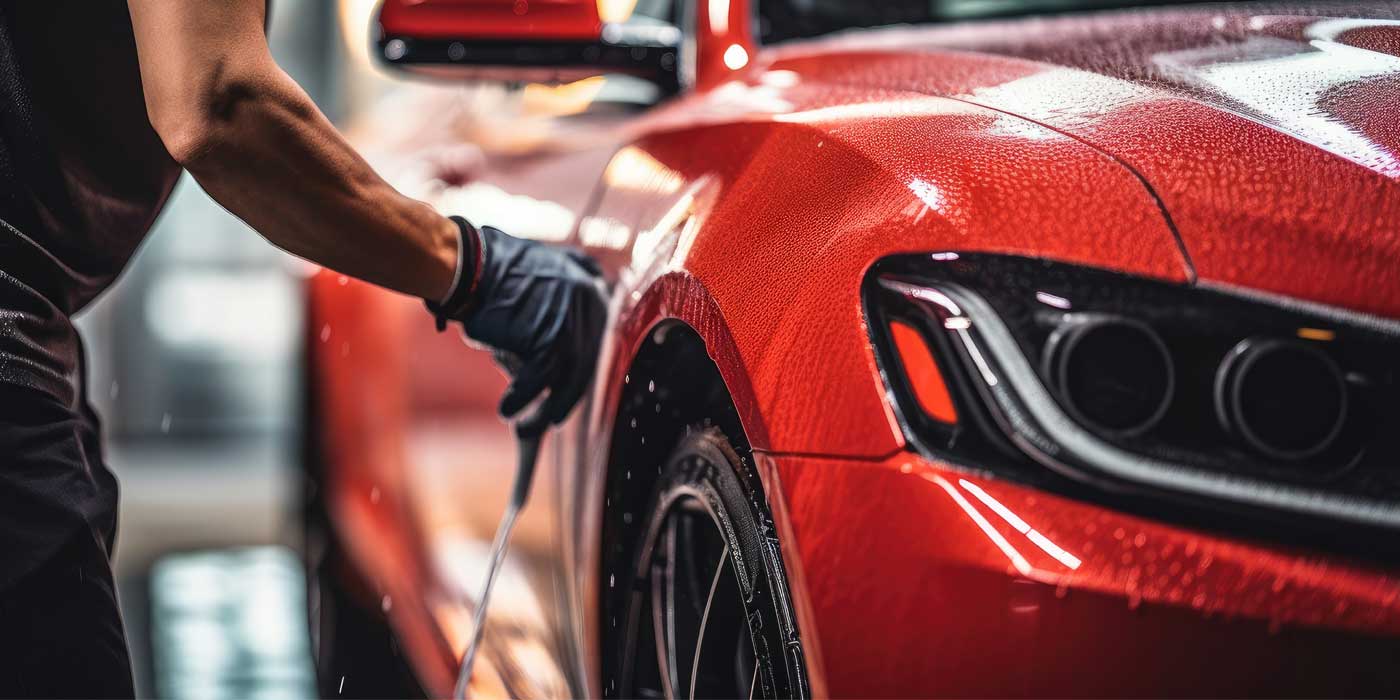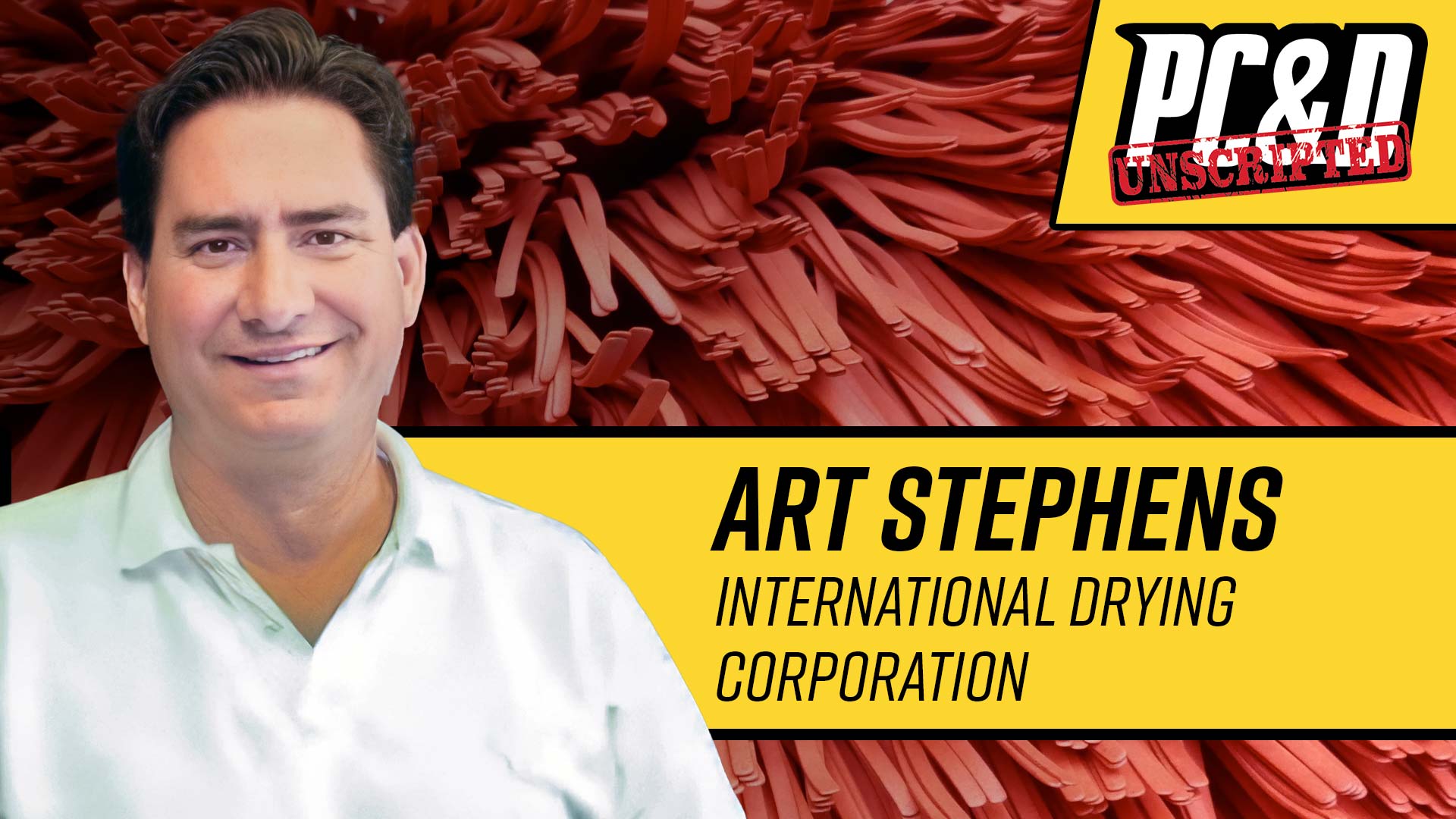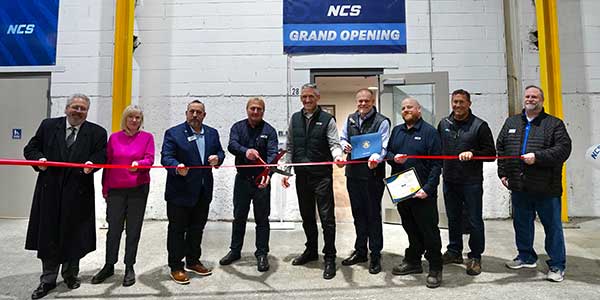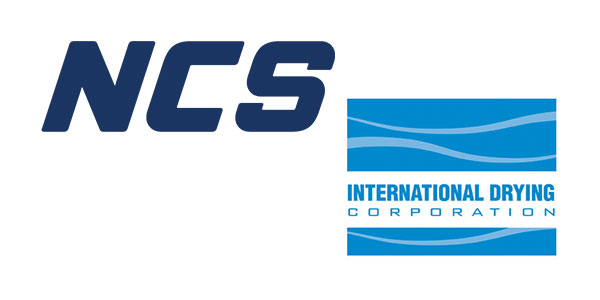For a dealership, gas station or convenience store (c-store), it may not make sense to invest in a traditionally sized carwash when it’s only going to be — at best — an ancillary profit center and not the main source of revenue. Traditionally, an in-bay automatic (IBA) has been the go-to (and only) choice for an automatic wash with a small footprint.
However, it’s no secret that express tunnels have taken a definite hold on the carwash market. So, it makes sense that other investors — even self-serve operators — might want to get in on that action. But, how can operators with limited property space hope to compete with tunnels that have dozens of feet of conveyor to work with?
Well, assuming you have the market demand to wash more cars, the modern mini tunnel is a great compromise between the efficiency of a standard tunnel and the size of an IBA.
Of course, that’s not to say that IBAs have lost their place in the industry. Quite the contrary. Many markets still see a demand for both friction and touch-free washing but can’t support the costs of a tunnel based on demand. Furthermore, for operators owning older carwashes, it may very well be time to upgrade, but it’s also quite possible that the bays, which were built for an older generation of carwashes, are just too small for today’s standard equipment — even the mini tunnel. Enter the compact IBA, which gives all the cleaning power of a traditional IBA but in a smaller footprint.
Let’s compare how these compact wash formats size up to their standard counterparts.
Mini tunnels
The decision to put in a mini tunnel mainly comes down to market demand. The question you must ask yourself is: Will the volume and return support the added work and costs of installing a mini tunnel on the property? If you can wash more cars per day with a mini tunnel than an IBA or self-serve bay and the market demand can sustain returns, then it’s possible a mini tunnel could be an option for you.
“There are three reasons why an operator might install a mini tunnel,” according to Patrick De Prisco, who is the SW general manager of National Carwash Solutions. “The first instance would be when the site is at maximum capacity; in other words, it can’t wash anymore cars due to site constraints. The second instance would be when the site is losing business to express tunnels around it. The third instance would be when customers are leaving the site due to long wait lines.”
However, depending on your business model, competition may not be the underlying factor. Auto dealerships especially can benefit from having a mini tunnel on the lot for multiple reasons. First of all, an automatic carwash provides a more cost-effective way to wash the fleet of cars than by hiring someone to handwash them all. And, it’s been proven that clean, shiny cars are more attractive to potential customers, meaning you’ll have to wash cars regularly as they sit in the open air.
Adam Kelsey, director of sales for Belanger Inc., states, “Auto dealerships, rental car agencies and other fleet businesses can take advantage of a short drive-through tunnel to quickly wash vehicles without the added cost of tearing out concrete and installing a conveyor. Porters can process many more cars per hour through an automatic drive-through wash than handwashing. This opportunity cost advantage can make smart business sense and allow dealers to focus more on their core businesses.”
Secondly, a mini tunnel can even double as an ancillary profit center, where customers and non-customers alike can come to get their cars washed for an economic price. Then, the tunnel not only benefits your own lot but generates an additional revenue stream that was not available before.
Of course, having a mini tunnel may sound great, but again, you have to consider the size. Just how small is “mini”? Mini tunnels are generally considered to be around 35 feet long, meaning they can fit into a standard-sized bay, which can range from being 35 to 40 feet in length. After all, they are designed to fit in a traditional IBA’s footprint.
However, considering that 69% of carwash tunnels are 100 feet or longer, according to Professional Carwashing & Detailing’s 2019 Industry Report, that’s quite a size reduction. And, the smaller the tunnel, the less cleaning equipment and dwell time you get. Furthermore, you can’t expect to churn out the same numbers as a standard express wash.
“There is a correlation between how much equipment is in the tunnel and how quickly an operator can run cars while still getting them effectively clean. Running cars too fast might mean the equipment has less contact and chemical dwell time to properly clean the car,” Kelsey notes. “So, a shorter tunnel with less equipment might have to run cars slower than a longer tunnel.”
What does that translate to? According to De Prisco, a standard tunnel rate, for instance, comes to about 120 cars per hour, while a mini tunnel rate caps off at around 70 cars per hour. Compare this to an IBA, which, depending on the type, can range from anywhere around 35 to 60 cars per hour.
In addition, Kelsey adds, you also potentially compromise your drying ability, since there is likely less drip space than in a larger tunnel. As such, having the right chemistry in place is critical to putting out a satisfactorily dry vehicle in a mini tunnel.
So, while a mini tunnel cannot offer all of the cleaning bells and whistles of a standard tunnel, it can still offer more than a rollover and capture all the upside ability, De Prisco notes. Furthermore, mini tunnels have seen upgrades in recent years in terms of improved speed, the number of upgrades offered and the quality of the wash, so it only stands to reason that they will continue to develop in the coming years.
“We are seeing the largest interest in the mini tunnel now than we have ever seen,” De Prisco reveals. “This is largely due to the increased building of larger express tunnels with monthly unlimited plans. Moving to the mini tunnel will allow c-store space to hold onto the existing customer base while being able to give an offering that is competitive to the larger express tunnels.”
Compact IBAs
There are probably hundreds of commercial carwashes and dealerships that are due for an IBA upgrade, but their bay(s) cannot fit modern, standard-sized equipment. However, the idea of having to rebuild a bay to fit a new carwash (and how long will that rebuilt bay even remain the standard size?) could cause operators to freeze their plans for development rather than forge ahead. However, this need not be the case.
“Many of these owners find that a compact IBA is a superior option financially than rebuilding an entire bay. Additionally, compact IBAs can be a cost saver for startups in terms of construction and land expenses,” explains Ken Underhill, marketing communications manager for D&S Car Wash Equipment Co.
While there is no true standard size for an IBA, the minimum dimensions needed for full coverage of a vehicle up to 21 feet long will be 35 feet (soft touch) or 28 feet (touch-free) long (increase by 5 feet when including dryers), 14 feet 6 inches wide and 9 feet 8 inches tall. In contrast, most compact IBA models are touch-free, and their minimum dimensions will be 27 feet 6 inches long, 13 feet 4 inches wide and 9 feet 8 inches high.
While the cleaning ability itself will not be compromised, Kelsey warns that, due to its smaller nature, a compact IBA may not be able to clean certain types of larger vehicles, such as large trucks and dually pickups. A shorter bay could also restrict the movement of brushes or wash arms for longer vehicles, since they need space to move around the front and rear ends of them. “Therefore, it’s important to understand the local market demands and what types of vehicles people are driving,” Kelsey advises.
Something else to consider with IBAs is the backroom. Underhill notes that there are some compact IBAs available that address the notorious problem of a cramped backroom. These models come with an integrated high pressure and chemical pump stand that saves over 15 square feet of floor space in the backroom.
In the end, though, the decision to purchase a compact IBA is made no more differently than any other equipment purchase: It has to make sense for the situation. Like with the mini tunnel, the operator must decide if the potential customer volume and returns support having an automatic carwash.
“As for the dealer and fleet market, there are some situations out there where they might convert a service bay into an automatic wash bay. But, since service bays are such a major revenue source for dealerships, they might prefer a separate wash bay — as long as the costs and returns make financial sense,” Kelsey concludes.
Interested in learning more about the potential of compact tunnel carwashes? Be sure to watch our video interview on compact tunnel benefits and potential below.

